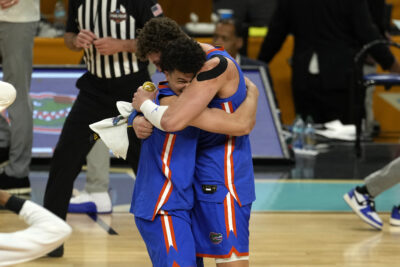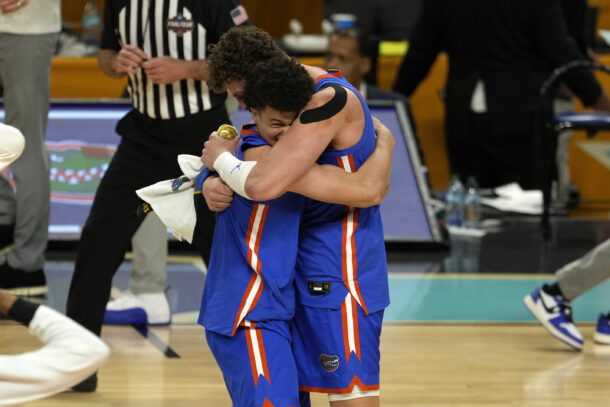What ‘The Art of Smart Football’ teaches us about Nick Saban’s hybrid defense
By Kevin Duffey
Published:
Editor’s note: Saturday Down South received a copy of Chris B. Brown’s “The Art of Smart Football”, a must-have Xs and Os football book.
Nick Saban is one of the brightest defensive minds at any level, college or NFL, and the opportunity to speak with Saban has been sought out by many coaches.
Coordinators and gurus of all levels have been racking their brains trying to stop spread offenses that feature very good dual-threat quarterbacks. Although Saban has given a lot of advice, he’s certainly one of them who continues to seek a solution.
Alabama’s defensive unit has struggled stopping up-tempo offenses, mainly because they do not allow Saban to substitute. Ohio State is just the latest team to expose the Tide’s defense with a spread offense in last year’s College Football Playoff. The Buckeyes won 42-35.
It extends to more than just scheme though. Alabama’s corner play over the last few years has been average at best. The corners have lacked great ball skills, and offenses have abused the Crimson Tide, at times, down the field.
In a section of Chris B. Brown’s new book titled, “The Art of Smart Football”, he gives us a look into the mind of Saban and how he attacks pro-style and spread offenses.
Under Saban, Alabama is a 3-4 defense, meaning three defensive linemen; however, that has been changing recently when spread offenses are paired against his defense.
“We are a 3-4 defense,” Kirby Smart said, according to the book. “That does not mean we play 3-4 all the time. Last year [2013], we ran the 3-4 front 25 percent of the time. The rest of the time we played 4-3.”
If Saban’s team plays a two-back, traditional offense like Georgia or LSU, the Crimson Tide can play a 3-4 front like they wish. However, when teams like Auburn or Texas A&M spread the defense out and play one back, Alabama changes to a 4-3 front and plays more nickel (five defensive backs) and dime (six defensive backs) to match more wide receivers on the field.
Saban also likes two deep safeties against spread offenses. Here’s a section from the book that explains the rationale.
Against spread offenses the blueprint has been straightforward: four down linemen, two deep safeties, and corners rolled up on the outside receivers. With this mixture, Saban’s defenses have suffocated team-after-team: the attacking four-man line pressuring the quarterback, the cornerbacks rolled up to take away the quick screens, and a two-deep safety look from which Alabama can mix and match coverages to confuse the quarterback.
Instead of substituting and playing matchups against tempo offenses, Saban has had to change his recruiting style in recent years. He and Kirby Smart have had to recruit players who can play every down and multiple formations on defense, because up-tempo offenses don’t allow defenses to substitute. It creates a mismatch for the offense, and it continuously wears down defensive players.
Brown’s book dives into how Saban and Bill Belichick devised a certain defensive call named Rip/Liz Match to match the one-back (spread offenses) personnel.
Kirby Smart explained the defensive call in the book.
“If the receivers run vertical, it looks like Cover 1 man coverage. It is unless the receivers start to cross; then it becomes zone. We play zone until the offense tries to run four vertical receivers down the field.”
It sounds complex, but Brown does an excellent job of breaking it down. I’d highly recommend this read for anyone who watches college football.
A graduate of the University of Florida and founder of Saturday Down South, Kevin is a college football enthusiast.






